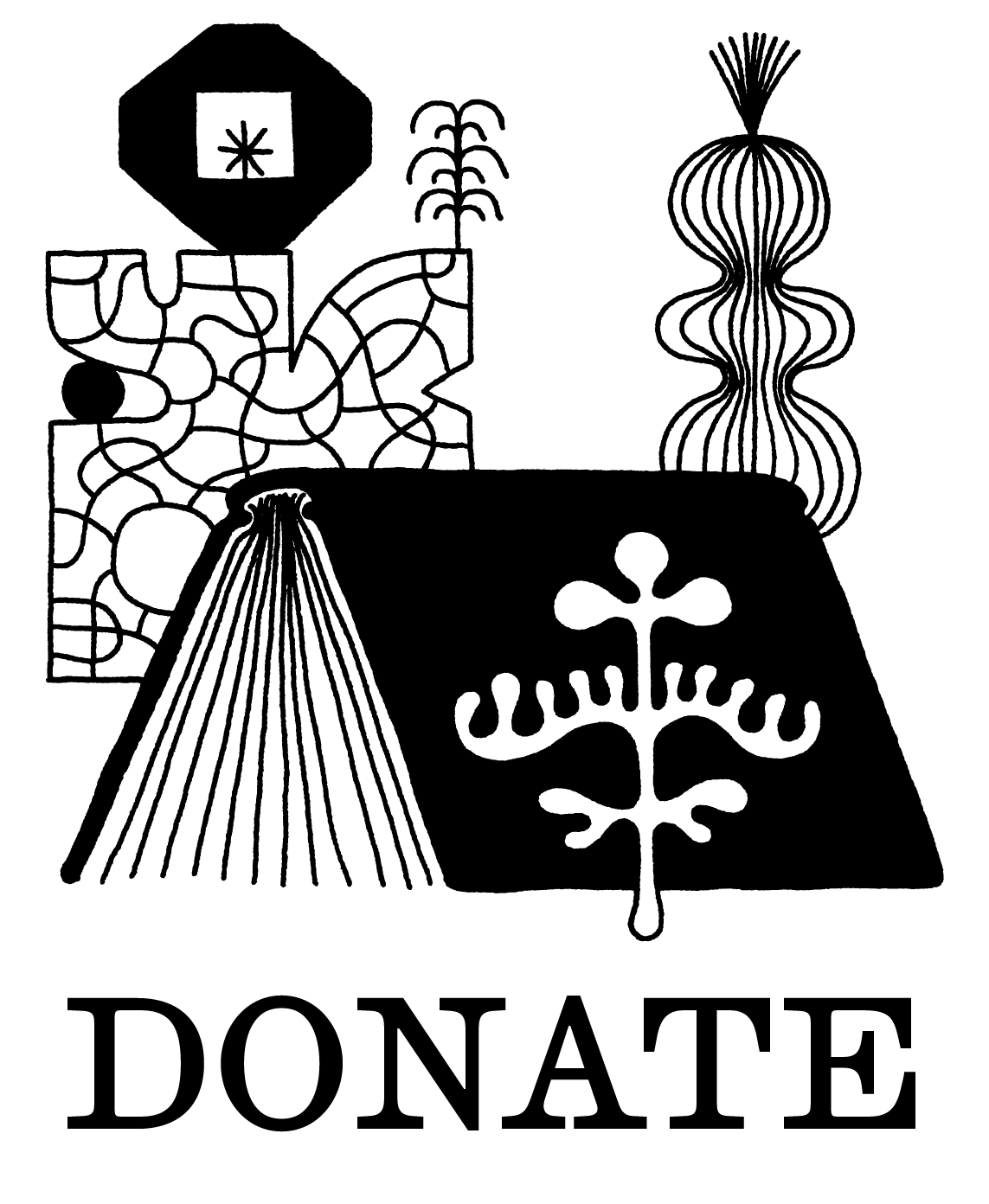
| Title | Ways to Leave Earth |
| Author(s)/Editor(s) | Jill Gasparina, Christophe Kihm, Anne-Lyse Renon |
| Publisher | HEAD Publishing |
| Pages | 80 |
| Dimensions | 100 x 170 mm |
| Format | Softcover |
| Year | 2021 |
Inhabitability studies, which apply to living conditions and ways of life, are essential in space research. The title of this collective work, Ways to Leave Earth defines its spectrum as well as its scope, a very topical issue at a time of unprecedented ecological crisis. To answer this question, the authors start off from writings devoted to living in space, adding a historical and critical perspective. Indeed, this research is steeped in technical and cultural history, from the first studies carried out for manned space vehicles (V2 rockets) to more recent studies associated with life in confinement during future voyages to Mars (Mars 500). This history also has its blind spots, through its globally technical approach and its utopian or uchronic imaginary.
In order to respond critically to these different pitfalls, the position adopted in this book is threefold: examining the methods and knowledge built up by space research; re-materialising the experience of space by considering it from the perspective of the objects it develops and the images it produces, and reconsidering living in space based on concrete and sensitive experiences, linking the terrestrial to the extra-terrestrial.
Ranked in an order of increasing size, from the protective glove of spacesuits to inhabitable planets that can accommodate life, the texts in this book consider the inhabitability of space according to the scales of different objects, which raise a range of issues. Beyond technical history and state competitions, the three authors, researchers in art and design, are also interested in the representations of these objects, habitats or places, and in the links they maintain with an imaginary that science can, under certain conditions, share with the arts. Thus, this richly documented catalogue of inventions and projects outlines a part of the cultural history of the 20th century

